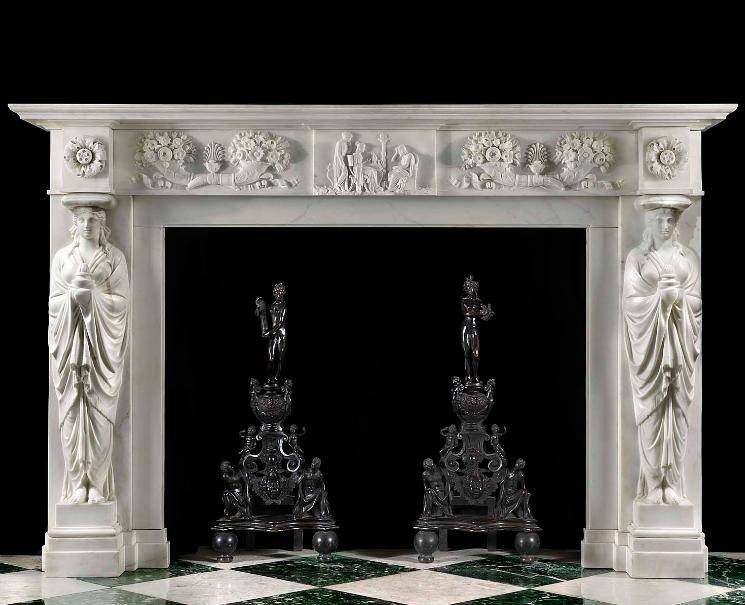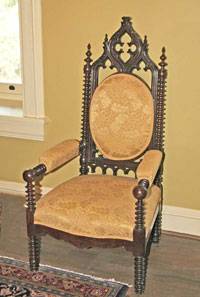Knowledge Center
Related Articles: History of British Furniture Styles
Regency Classicism (1800-1830)
Gothic Revival Victorian Period (1830-1900)
Regency Classicism (1800 - 1830):
Forms and motifs from ancient Greece and Rome formed the basis of this style. Heavy forms and ornate decoration featuring scrolling leaves, flower heads and drapery were common. Friezes and Egyptian motifs and naturalism, were used as decorative inspiration, as were curved forms, rocks and shells. This period saw the introduction of more exotic imported timbers, and rosewood was common. Pine replaced oak for drawer linings and legs were turned, rather than square.

Gothic Revival & Victorian Period (1830 - 1900):
Elaborate painted furniture, usually incorporating architectural elements, was one of the characteristics of the Gothic Revival, resulting from a serious study of the art, architecture and design of the Middle Ages. Figures in medieval clothing are often included, as was the incorporation of heraldic motifs, such as coats of arms and gothic script. A move away from hand-made crafts gave way to mechanization.

Photo courtesy, John Werry, RareVictorian.com
Source: The V&A Guide to Period Styles by Anna Jackson